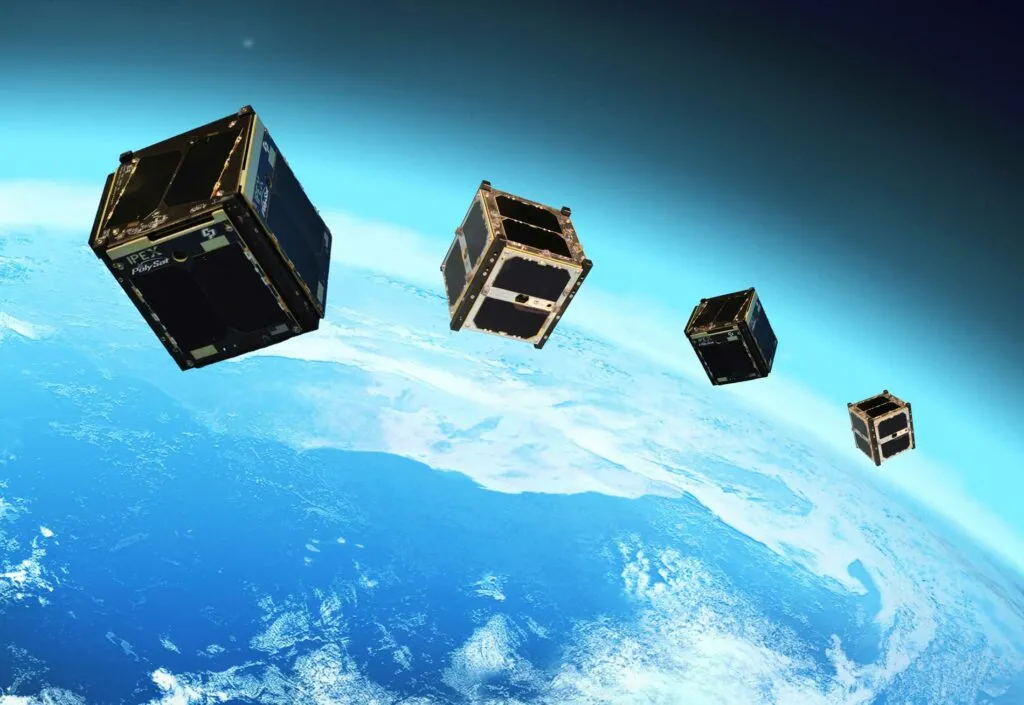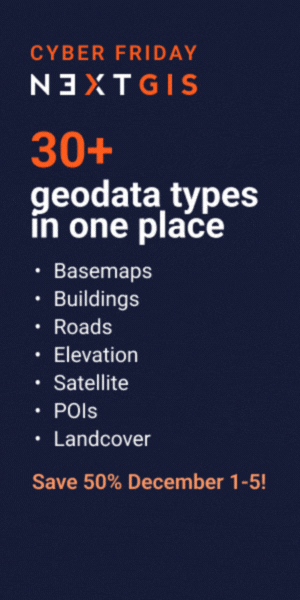
Weather Forecasting using CubeSats and GPS-RO
Weather forecasting has definitely improved in the last few decades but still there are times, when looking outside the window provided a better guesstimate than your smartphone weather app. It certainly is a field of science where even 85% accuracy is still not enough (How Accurate are our public forecasts).
Weather forecast models have gotten better in the last decades as scientists have had more satellite data than ever to optimize their models, which means that if we had more weather satellites now, the weather predictions would be a lot better but launching these huge weather satellites takes both time and hundreds of millions. Spire, a satellite tech start-up wants to challenge that by using CubeSats for Weather monitoring.
Wait! Aren’t weather satellites usually huge? How can CubeSats replace them?
It is true that Earth Observation satellites are, in general, huge and are in fact some of the biggest and heaviest satellites in orbit. The size is a direct result of the number of sensors they carry on board and their expected orbital lifetime.
Spire wants to create a network of CubeSats launched in the low earth orbit with GPS receivers on board to continuously collect data about the earth atmosphere using a technique called “GPS Radio Occultation“, which is basically, analyzing the characteristics of the incoming GPS/GNSS signal to understand the nature of the atmosphere it just passed through to reach the CubeSat. A technique that has been already used in Satellite missions like CHAMP. (Read more: How GPS-RO works).
That data will then be transmitted down to ground stations. Even with just the first 20 satellites in place, a claimed 10,000 data readings will be made per day. By contrast, Spire states that the world’s present collection of weather satellites produce only about 2,000 combined readings per day, and they don’t provide sufficiently frequent readings for approximately three quarters of the planet – this mainly includes areas such as oceans and other remote regions.
If everything goes according to plan, all 100 CubeSats should be in orbit by the end of 2017. The network should then thoroughly cover the entire world, oceans and all. – Gizmag
CubeSats and Earth Observation Start ups

CubeSats
We are right now with weather forecasting where we were with finding directions 10 years ago – Peter Platzer, CEO, Spire to Spacenews.com
Earth Observation startups and CubeSats are already changing the satellite industry with their innovative ideas and low costs. Weather Forecasting using CubeSats and GPS-RO is certainly an interesting idea but at the moment, it would be difficult to completely replace these huge Earth Observation satellites with CubeSats, simply because it is impossible to pack all the sensors we need (besides a GPS/GNSS receiver) in a CubeSat for monitoring the atmosphere but it is certainly possible in the future.
Did you like this post about CubeSats and GPS-RO? Read more and subscribe to our monthly newsletter!





